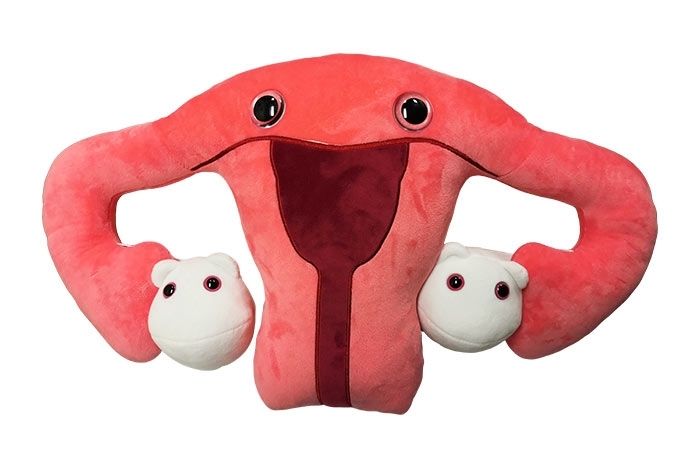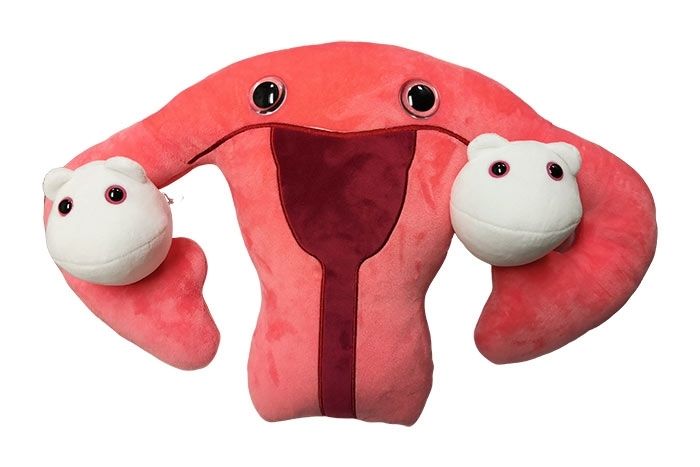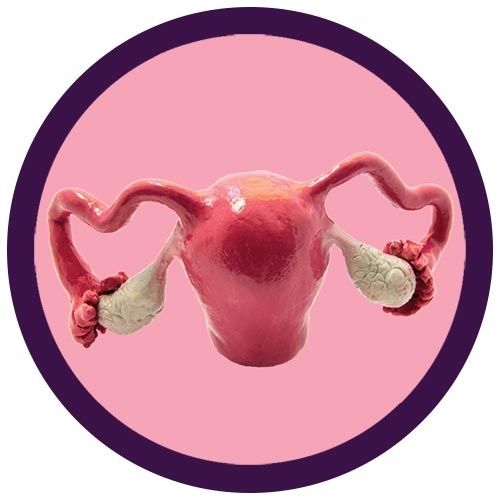Uterus Gigantic 18"
Out of Stock
Includes mini egg cells attached with magnets!
Now in GIGANTIC size
Product Details
Additional Information
| Sizes | Giantmicrobes are based on actual microbes, cells, organisms and other critters, only 1,000,000 times actual size! Gigantic (GG) 16-24" XL (XL) 10-15" Original (PD) 5-8" Keychain (KC) 2-4" with clip |
|---|---|
| Materials | Plush from all new materials. Stuffed with polyester fiber fill. Surface washable: sponge with water & soap, air dry. |
| Packaging | Each plush microbe includes a printed card with fun, educational and fascinating facts about the actual microbe or cell. |
| Safety | Every product meets or exceeds U.S. and European standards for safety. For ages 3 and up. |
All about Uterus Gigantic 18"
FACTS: Everyone starts life in a woman’s uterus where we develop during pregnancy. The uterus is shaped like an inverted pear. The fallopian tubes are on both sides along with two ovaries containing thousands of human egg cells. The ovaries also secrete the female hormones estrogen and progesterone.
The egg cell, or ovum, is the female reproductive cell. It is very large, unlike the tiny male reproductive sperm cell. The ovum contains cytoplasm and unwound DNA, which promotes internal movement and flow. While men produce millions of sperm during their lives, women are born with a lifetime trove of several million eggs. By adulthood, only about 400,000 remain. In fact, only about 450 of the millions of egg cells will ever even have a chance to become a baby.
Every day of a woman’s fertile life several dozen eggs begin developing. Normally only one egg will mature each month and take the daring journey down a fallopian tube where it has the chance of encountering eligible sperm.
When fertilized by a sperm, the egg becomes a zygote, which divides and moves into the uterine cavity. Here it implants itself in the inner membrane of the uterus. The cells keep dividing, growing and developing into a fetus lying snugly in amniotic fluid and nourished through the placenta. After nine months, the baby turns head down and departs into the world!







